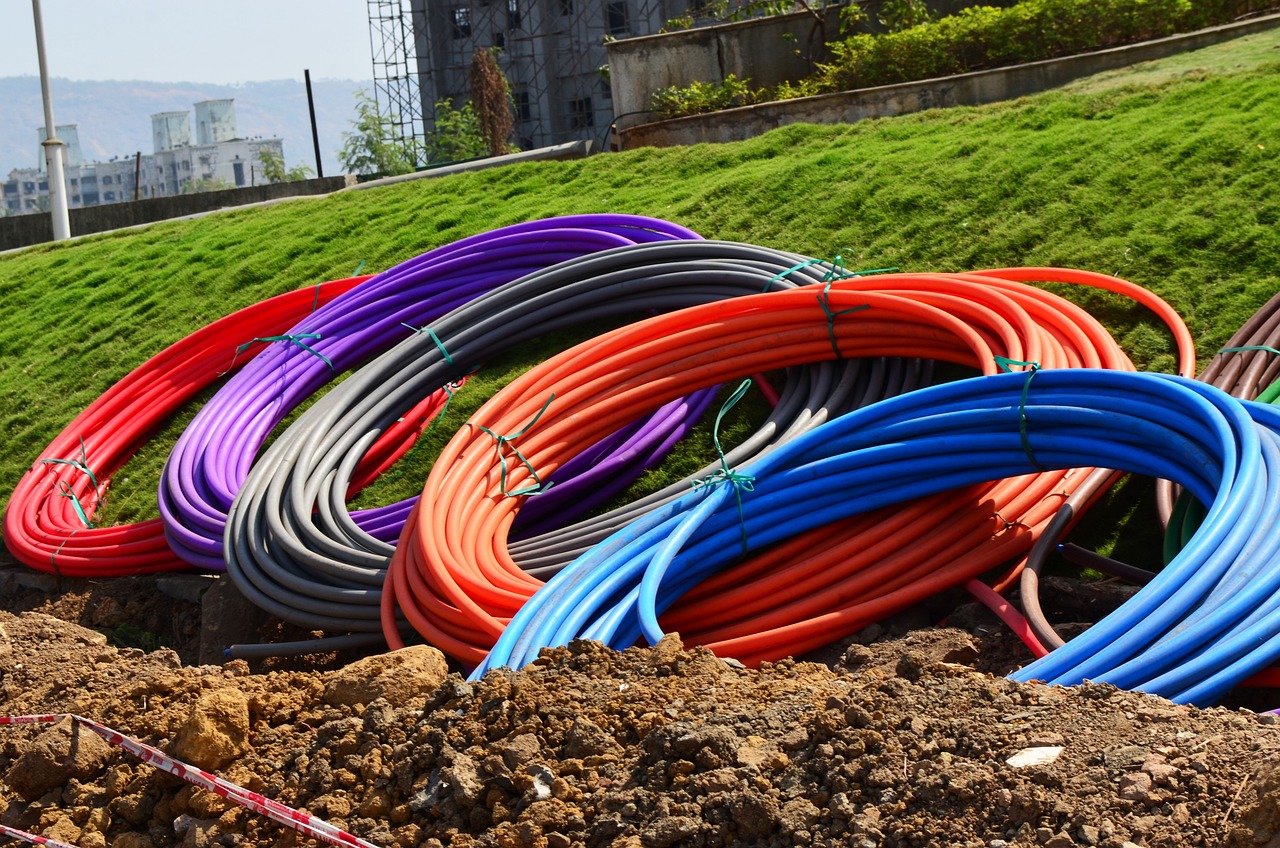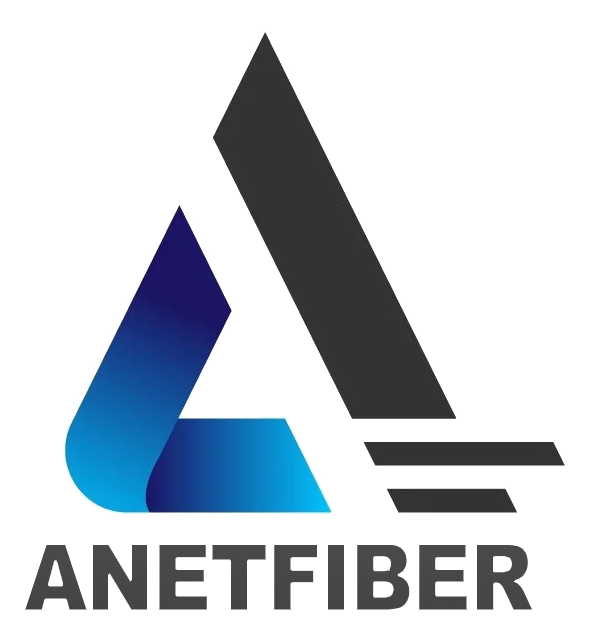Understanding Passive Components and Termination Kits in OTN Optical Networks for FTTH Equipment and Components

The Role of Passive Components in FTTH Networks
Passive components play a crucial role in the seamless functioning of Fiber to the Home (FTTH) networks. Understanding their significance is essential for ensuring the efficient operation of these advanced optical networks.
What are Passive Components?
Passive components, as the name suggests, are elements within an optical network that do not require an external power source to operate. These components serve various functions critical to the performance and reliability of FTTH networks.
Examples and Functions
Fiber Optic Splitters: These devices enable a single optical fiber signal to be split into multiple signals, allowing one input to serve multiple users or locations. This function is essential for distributing signals effectively within an FTTH network.
Optical Filters: Optical filters are passive components that allow certain wavelengths of light to pass through while blocking others. They are vital for managing different wavelengths within the network, ensuring efficient data transmission.
How Passive Components Support FTTH Networks
Passive components contribute significantly to enhancing signal quality and overall network efficiency within FTTH networks. By effectively managing and distributing optical signals, these components ensure reliable data transmission and connectivity for end-users.
Enhancing Signal Quality and Network Efficiency
Signal Optimization: Passive components aid in optimizing the quality of optical signals, leading to improved data transmission speeds and reduced signal loss. This optimization is crucial for delivering high-speed internet and other digital services to homes connected via FTTH networks.
Reduced Power Consumption: As passive components do not require external power sources, they contribute to reducing overall power consumption within the network infrastructure. This eco-friendly aspect aligns with modern sustainability initiatives and energy-efficient practices.
Key FTTH Equipment and Components
In the realm of Fiber to the Home (FTTH) networks, several crucial equipment and components play pivotal roles in ensuring seamless connectivity and data transmission. Understanding the significance of these elements is essential for comprehending the intricate workings of FTTH networks.
Optical Network Terminal (ONT) and Optical Line Terminal (OLT)
The Optical network terminal (ONT) serves as a vital interface between the FTTH network and the user's premises. It is responsible for converting optical signals into electrical signals that can be utilized by various devices within the home. On the other hand, the Optical Line Terminal (OLT) functions as the central control unit of the FTTH network, managing multiple ONTs and facilitating efficient data transmission to and from the users.
Fiber Optic Cables and Connectors
Fiber optic cables are the lifelines of FTTH networks, enabling high-speed data transmission over long distances with minimal signal loss. These cables come in various types such as single-mode and multi-mode, each catering to specific network requirements. Additionally, connectors serve as crucial components for establishing reliable connections between fiber optic cables, ensuring seamless data transfer throughout the network infrastructure.
FTTH Splitters and Couplers
FTTH splitters are instrumental in dividing optical signals from a single fiber into multiple paths, allowing one input to serve multiple users or locations effectively. This function is essential for optimizing signal distribution within an FTTH network, enhancing connectivity for end-users. On the other hand, couplers facilitate efficient coupling or combining of optical signals from different fibers, contributing to streamlined data transmission across the network.
Fiber Optic Patch Cords
In Fiber to the Home (FTTH) networks, fiber optic patch cords play a pivotal role in establishing reliable connections between different network components. These cords, also known as fiber optic jumper cables, are used to connect network devices, ensuring seamless data transmission throughout the FTTH infrastructure.
Usage in FTTH Networks
Fiber optic patch cords are utilized for various purposes within FTTH networks:
Interconnecting Network Equipment: These cords are used to interconnect optical transceivers, switches, routers, and other network equipment within the FTTH infrastructure. This interconnection ensures smooth and uninterrupted data flow across the network.
Connecting End-User Devices: Fiber optic patch cords facilitate the connection of end-user devices such as modems, routers, and set-top boxes to the FTTH network. This direct connectivity enables users to access high-speed internet and digital services seamlessly.
Ensuring Flexibility and Scalability: The use of fiber optic patch cords provides flexibility in network configuration and expansion. As new devices are added or repositioned within the network, these cords enable quick and efficient reconfiguration without disrupting the overall network performance.
Maintaining Signal Integrity: By utilizing high-quality fiber optic patch cords, FTTH networks can maintain signal integrity throughout the data transmission process. This ensures that end-users receive consistent and reliable connectivity for their internet and multimedia needs.
The Importance of Termination Kits in FTTH
Termination kits play a pivotal role in ensuring the seamless installation and maintenance of Fiber to the Home (FTTH) networks. These kits encompass essential components and tools that are instrumental in establishing reliable connections and optimizing network performance.
Understanding Termination Kits
Components and Usage
Termination kits consist of various components designed to facilitate the termination and splicing of fiber optic cables. These components typically include fiber cleavers, fusion splicers, fiber connectors, protective sleeves, and cleaning tools.
Fiber Cleavers: These tools are utilized to precisely cleave or cut the fiber optic cables, ensuring clean and smooth terminations for optimal signal transmission.
Fusion Splicers: Fusion splicers enable the permanent joining of two optical fibers by using an electric arc to melt or fuse them together. This process ensures low-loss connections, crucial for maintaining signal integrity within FTTH networks.
Fiber Connectors: Termination kits include a variety of fiber connectors such as SC, LC, and ST connectors, which are essential for terminating fiber optic cables with different types of interfaces.
Protective Sleeves: Protective sleeves are used to protect the fusion-spliced area of fiber optic cables, providing mechanical strength and environmental protection.
Cleaning Tools: Cleaning tools such as lint-free wipes, swabs, and cleaning solutions are included in termination kits to maintain the cleanliness of fiber optic connectors and splices, thereby ensuring optimal signal transmission.
These components collectively enable technicians to terminate, splice, and maintain fiber optic cables effectively within FTTH networks.
The Role of Termination Kits in Network Installation
Ensuring Reliable Connections
The utilization of termination kits is paramount during the installation phase of FTTH networks as they play a crucial role in ensuring reliable connections between optical fibers. By employing precise termination techniques facilitated by these kits, network installers can achieve low insertion loss and high return loss characteristics in terminated fibers. This results in minimal signal degradation during data transmission across the network infrastructure.
Furthermore, termination kits contribute to minimizing reflectance at connection points, thereby enhancing signal quality within the FTTH network. The use of fusion splicers ensures that optical fibers are seamlessly joined with minimal signal loss, promoting efficient data transmission from the Optical Line Terminal (OLT) to the Optical Network Terminal (ONT) and ultimately to end-users' premises.
In addition to installation purposes, termination kits also aid in ongoing maintenance activities by enabling quick repairs or replacements of terminated fibers when necessary. This proactive approach ensures continuous reliability and performance optimization within FTTH networks.
Selecting the Right FTTH Equipment Suppliers
When it comes to establishing and maintaining a robust Fiber to the Home (FTTH) network, selecting the right FTTH equipment suppliers is paramount. The reliability and performance of the network heavily depend on the quality of the equipment and components provided by these suppliers. Therefore, understanding the criteria for choosing suppliers and identifying trusted sources is crucial for ensuring seamless connectivity and optimal network operations.
Criteria for Choosing Suppliers
In the realm of FTTH networks, several key criteria must be considered when evaluating potential FTTH equipment suppliers. These criteria encompass aspects related to quality, reliability, and support, which are instrumental in determining the suitability of a supplier for fulfilling the network's requirements.
Quality, Reliability, and Support
Quality Assurance: One of the primary considerations when selecting FTTH equipment suppliers is their commitment to delivering high-quality products. Suppliers that adhere to stringent quality control measures and industry standards ensure that their equipment meets performance benchmarks, contributing to reliable network operations.
Reliability of Products: It is essential to assess the track record of potential suppliers in terms of product reliability. Reliable suppliers offer equipment that demonstrates consistent performance over time, minimizing downtime and maintenance requirements within FTTH networks.
Technical Support and Expertise: A reputable supplier should provide comprehensive technical support and expertise to assist network operators in deploying and maintaining their FTTH infrastructure effectively. This includes offering guidance on equipment installation, troubleshooting assistance, and access to knowledgeable personnel who can address technical queries or concerns promptly.
Product Innovation: Suppliers that prioritize product innovation contribute to advancing FTTH technology by introducing cutting-edge solutions that enhance network capabilities. Evaluating a supplier's commitment to innovation provides insights into their ability to meet evolving network demands with state-of-the-art equipment offerings.
FTTH Equipment Suppliers: Who to Trust
Identifying trustworthy FTTH equipment suppliers can be challenging amidst a vast array of options available in the market. However, certain recommendations and reviews can guide network operators in making informed decisions regarding their choice of suppliers.
Recommendations and Reviews
Industry Associations: Seeking recommendations from established industry associations within the telecommunications sector can provide valuable insights into reputable FTTH equipment suppliers. These associations often endorse or recognize suppliers based on their adherence to industry best practices, product quality, and customer satisfaction.
Customer Testimonials: Reviewing customer testimonials and case studies pertaining to different FTTH equipment suppliers offers firsthand accounts of experiences with specific vendors. Insights into factors such as product performance, after-sales support, and overall satisfaction levels aid in assessing a supplier's trustworthiness.
Online Forums and Communities: Engaging with online forums or communities dedicated to fiber optic networking allows professionals within the field to share experiences with various FTTH equipment suppliers. These platforms serve as valuable resources for gaining unfiltered perspectives on supplier reputations based on real-world interactions.
Expert Consultations: Seeking advice from industry experts or consultants specializing in FTTH networks can provide nuanced perspectives on choosing reliable equipment suppliers. Their extensive knowledge of market trends, vendor capabilities, and emerging technologies assists in making well-informed procurement decisions.
By considering these criteria along with recommendations from trusted sources, network operators can confidently select FTTH equipment suppliers that align with their specific requirements while ensuring long-term success for their FTTH networks.
Understanding FTTH Network Management and Monitoring
Efficient management and monitoring are essential for ensuring the optimal performance and reliability of Fiber to the Home (FTTH) networks. By utilizing advanced testing equipment and network monitoring tools, operators can proactively address potential issues and maintain peak operational efficiency.
FTTH Testing Equipment
FTTH testing equipment encompasses a range of specialized tools designed to evaluate the health and performance of optical networks. These tools play a crucial role in ensuring network health by enabling technicians to conduct comprehensive assessments of signal quality, data transmission speeds, and overall network integrity.
Tools for Ensuring Network Health
Optical Time-Domain Reflectometer (OTDR): An OTDR is a fundamental tool for characterizing the quality of optical fibers within an FTTH network. It provides insights into fiber attenuation, splice loss, and identifying potential points of signal degradation or breakage along the fiber optic cables.
Power Meters: Power meters are utilized to measure the strength of optical signals transmitted through fiber optic cables. By accurately assessing signal power levels, technicians can identify any irregularities or discrepancies that may impact network performance.
Light Source and Optical Loss Test Set: These tools are employed to measure insertion loss in fiber optic components such as connectors, splices, and couplers. They aid in evaluating the efficiency of signal transmission across different network elements, contributing to maintaining optimal data transfer capabilities.
Visual Fault Locators (VFL): VFLs are instrumental in identifying breaks or bends in fiber optic cables by emitting visible light through the cable. This facilitates quick detection of physical faults within the network infrastructure, enabling prompt corrective actions to be taken.
FTTH Network Monitoring Tools and Management Software
In addition to testing equipment, FTTH network monitoring tools and management software play a pivotal role in overseeing the operational status of FTTH networks on an ongoing basis.
Keeping the Network at Peak Performance
Performance Monitoring Systems: These systems continuously monitor various network parameters such as bandwidth utilization, latency, packet loss, and error rates. By analyzing these metrics in real-time, operators can identify potential bottlenecks or anomalies that may affect network performance.
Alarm Management Platforms: Alarm management platforms provide alerts and notifications for critical events or deviations from predefined performance thresholds within the FTTH network. This proactive approach enables swift responses to emerging issues before they escalate into significant disruptions.
Network Configuration Management Software: This software facilitates centralized control over network configurations, ensuring consistency across different devices and components within the FTTH infrastructure. It allows for efficient management of firmware updates, device provisioning, and configuration changes while minimizing human errors.
By leveraging these advanced monitoring tools alongside robust management software solutions, operators can uphold the resilience and efficiency of their FTTH networks while swiftly addressing any emerging challenges.
See Also
Comprehensive Overview of Fiber Optic Network Solutions
Key Fiber Optic Cable Termination Techniques for Network Setup
Understanding FTTH (Fiber to the Home) Deployment Essentials
Safe Navigation of Cable Routing and Termination in Fiber Optic Installations
Explaining the Key Elements of Fiber Optic Communication Systems


